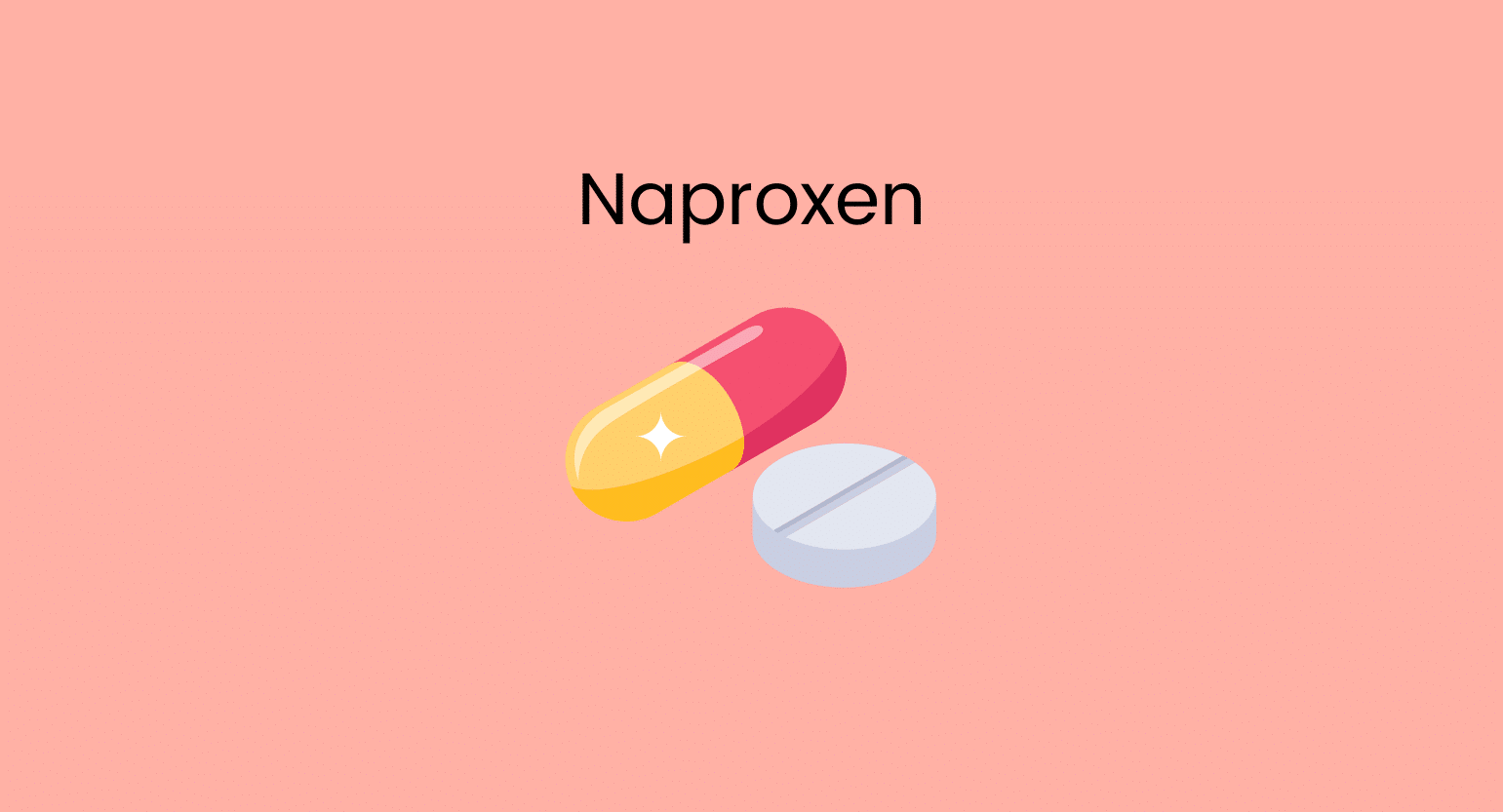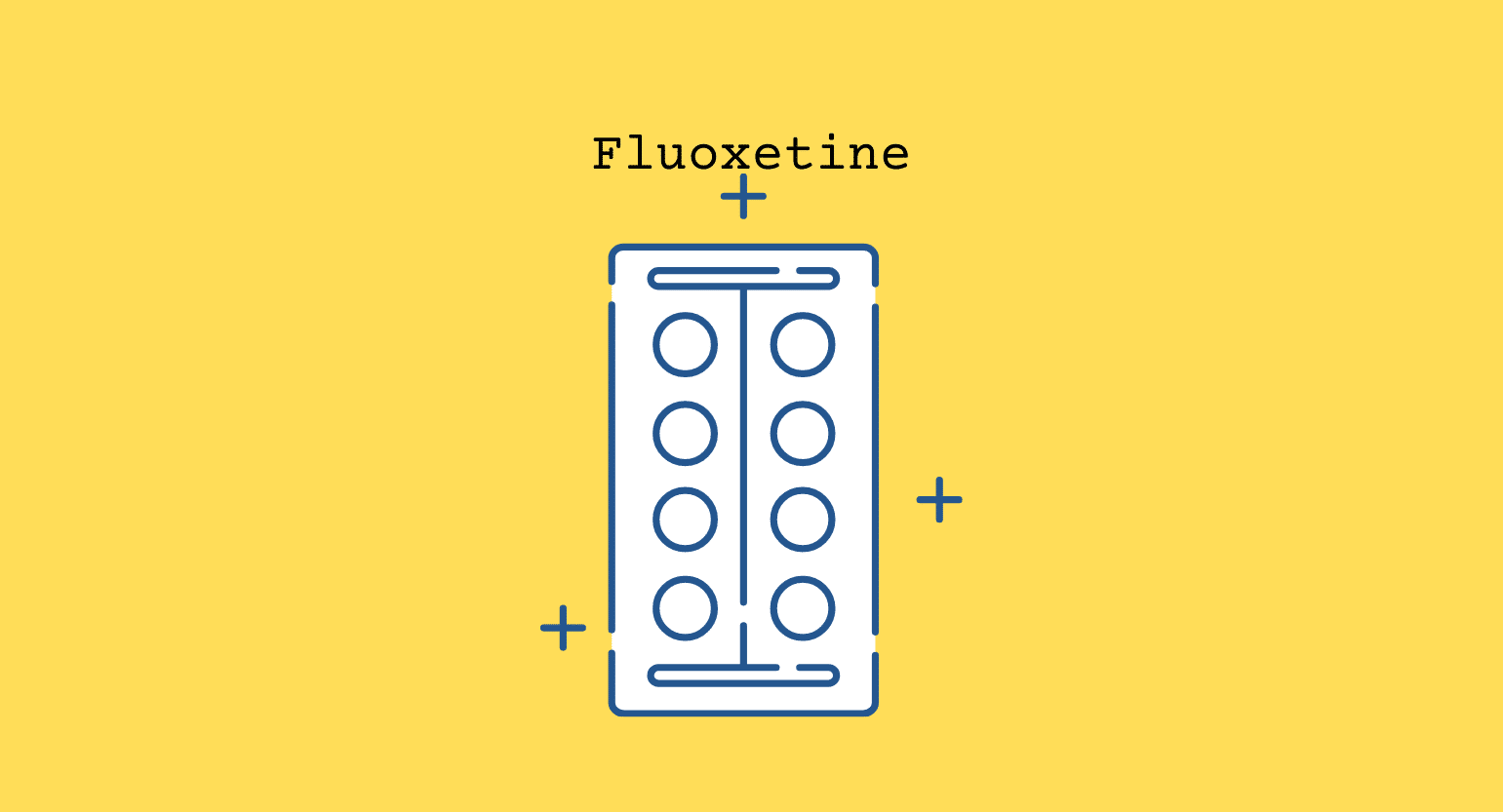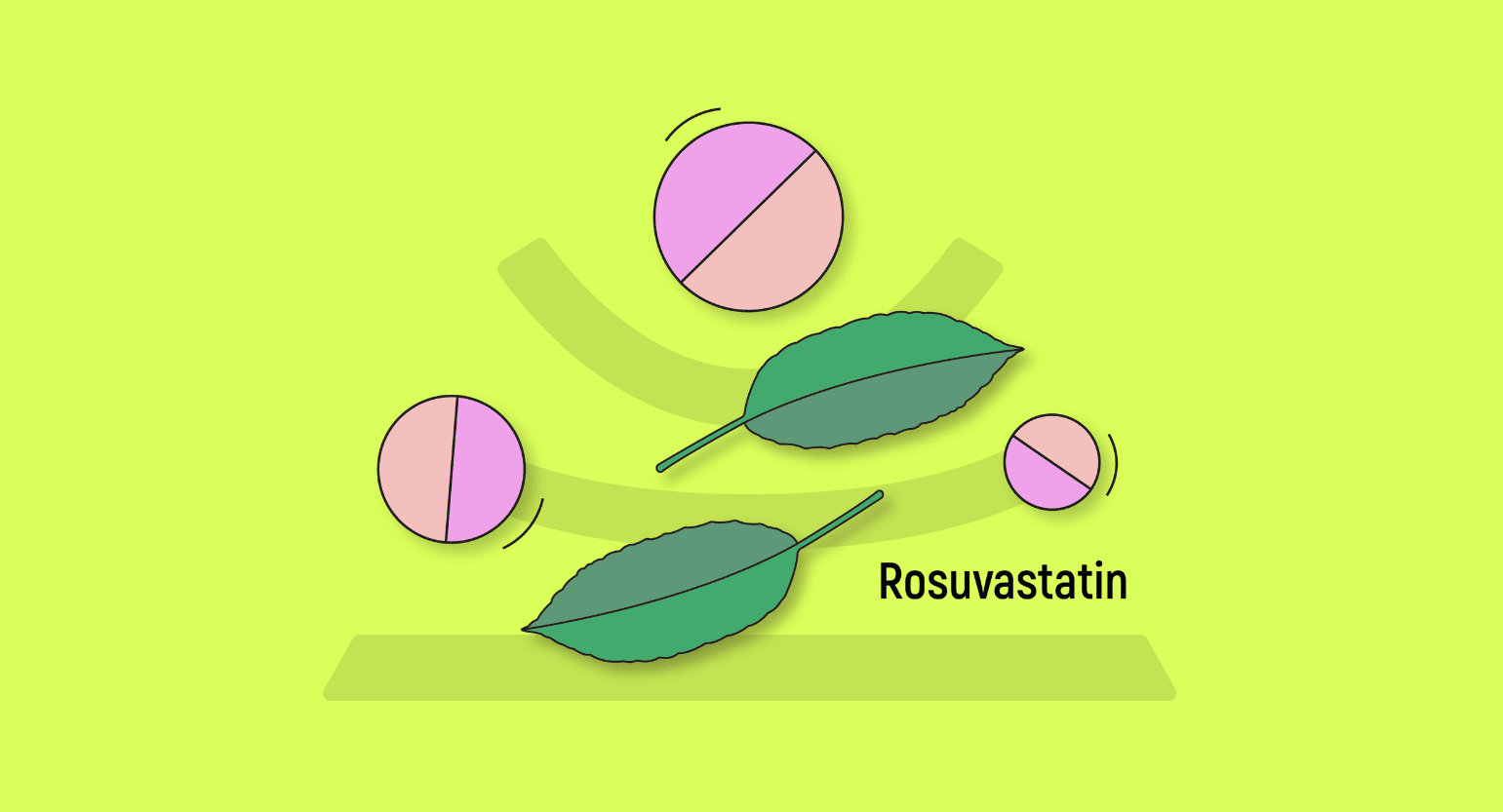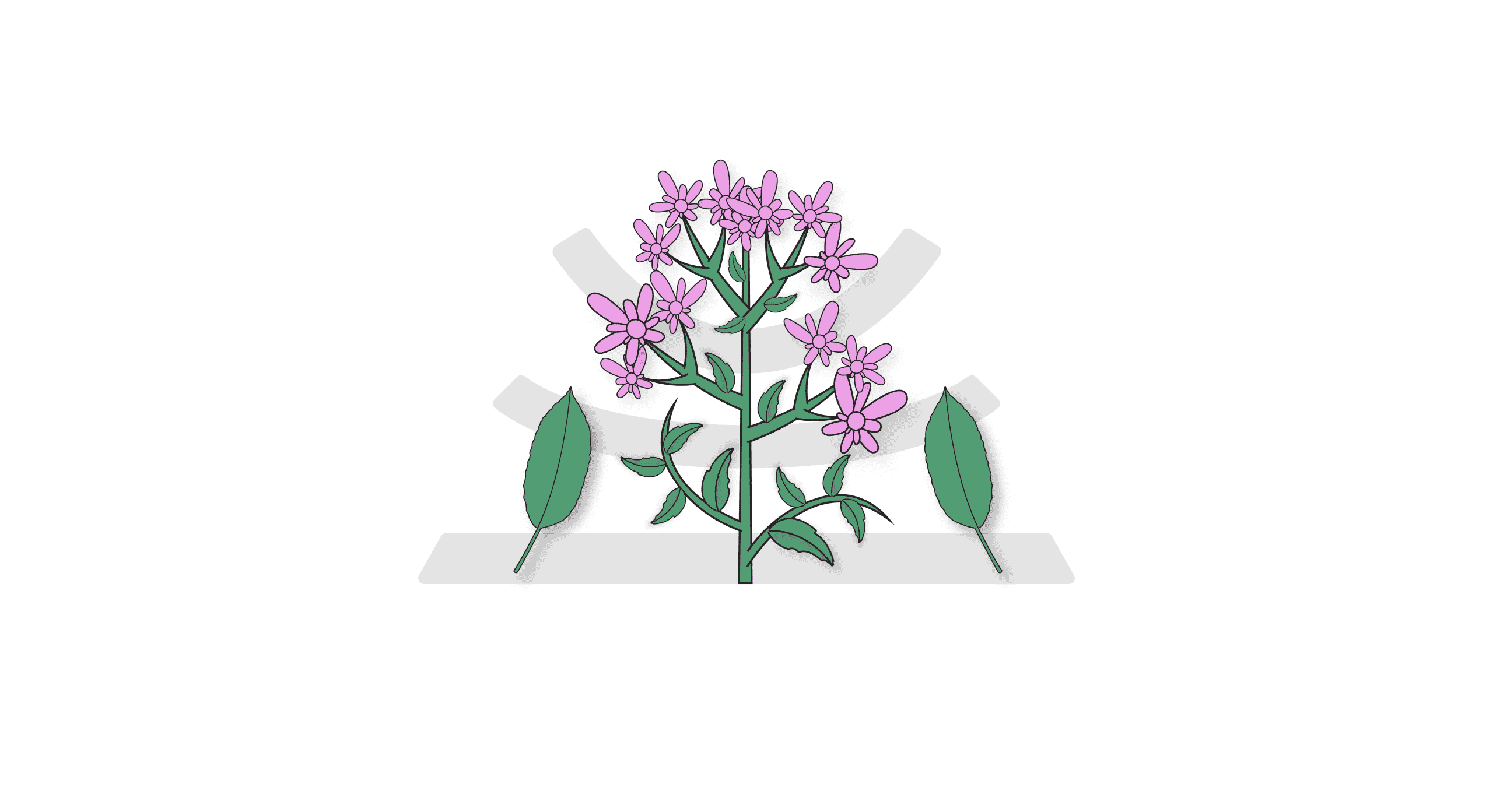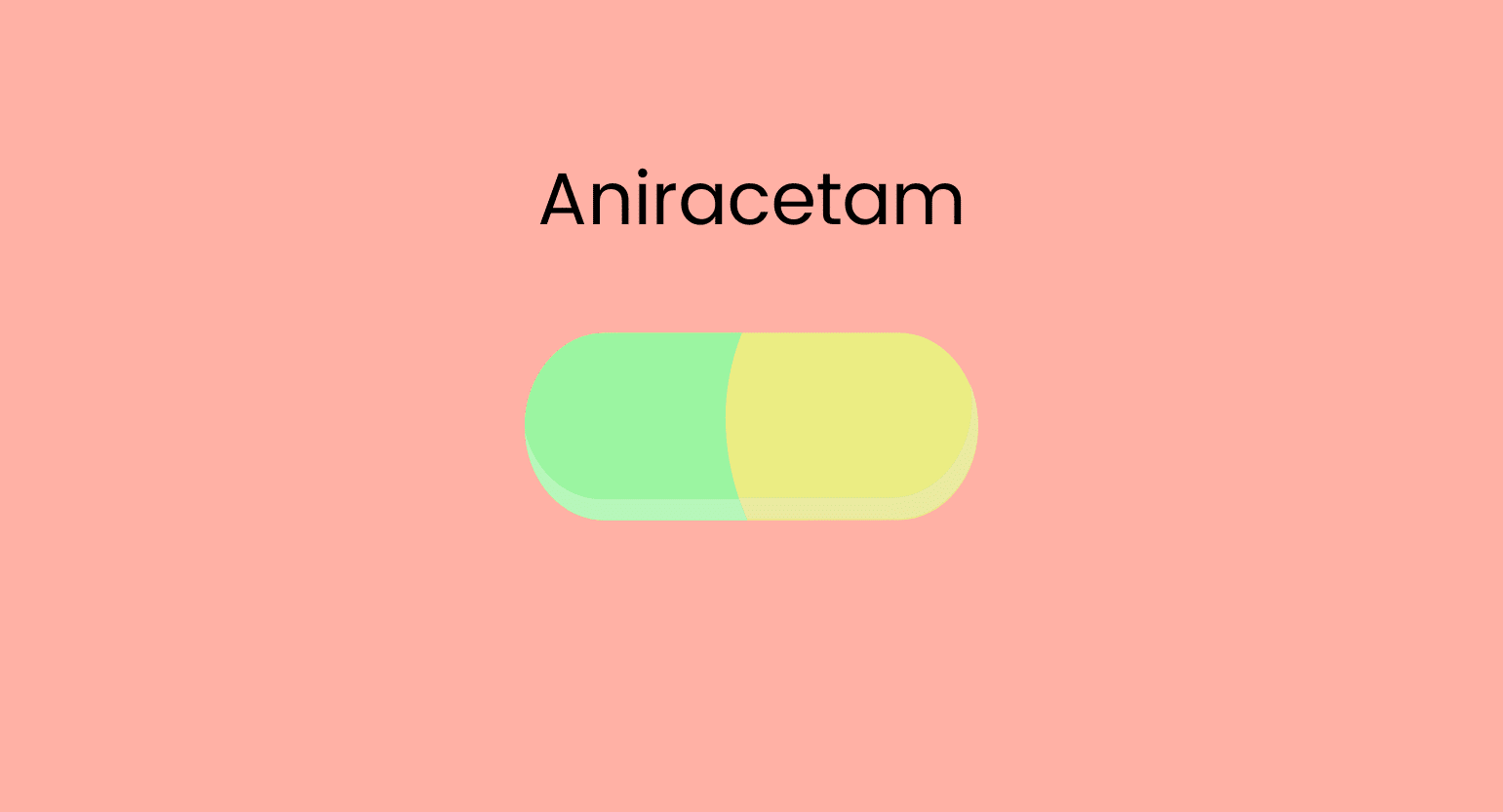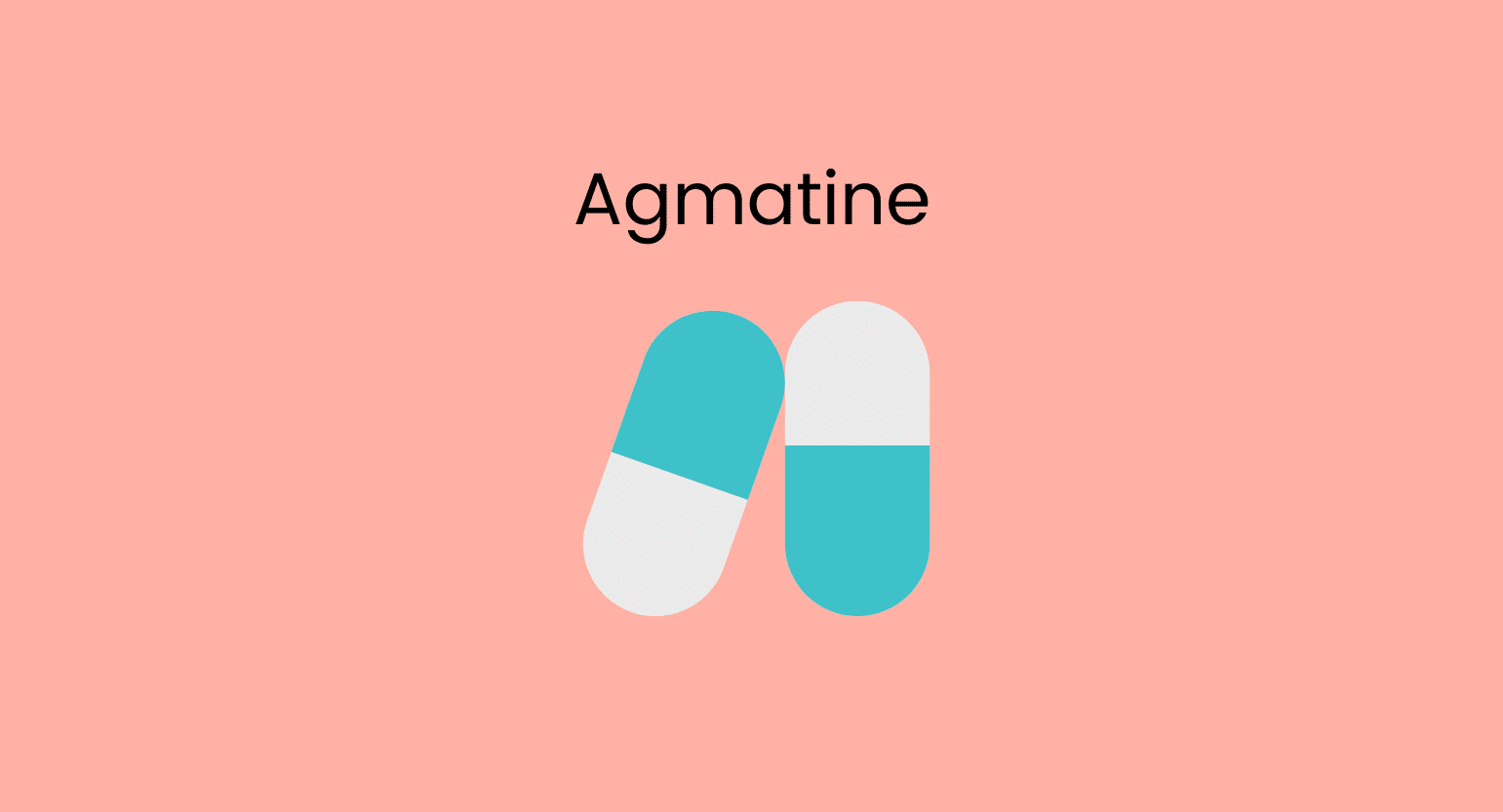Does Kratom Interact With Naproxen (Aleve)?
Yes. The interaction between kratom and nonsteroidal anti-inflammatory drugs (NSAIDs) like naproxen could cause mild to moderate side effects.
Firstly, taking kratom with naproxen could increase the overall analgesic effects. When two drugs with the same effects are taken together, their effects can add up. This is known as an agonistic interaction.
Both naproxen and kratom can cause nausea, dizziness, and changes in blood pressure as side effects. Taking them together increases the chances of experiencing these.
Moreover, kratom can interact with naproxen by slowing its metabolism, though this is less likely. Naproxen is mainly metabolized in the liver by the CYP1A2, CYP2C8, and CYP2C9 enzymes, while kratom is primarily metabolized by CYP3A4, with minor contributions of CYP2D6 and CYP2C9 [1, 2].
If taken together, kratom and naproxen may compete to bind to the CYP2C9 enzyme, slowing the metabolism process. This means the drugs will stay longer than expected in the body, increasing the chances of experiencing side effects. This interaction is known as metabolic competition.
Is it Safe to Take Kratom With Naproxen (Aleve)?
Chances are you won’t experience any severe side effects by taking these drugs simultaneously as long as you keep the doses low and do so only occasionally. However, this does not mean that naproxen and kratom do not carry risks individually.
You must be aware of each drug’s dangers and consume them accordingly.
Naproxen is not usually taken daily on a long-term basis, so there’s little risk of an adverse reaction. However, it’s always best to talk to a doctor before taking any medications yourself.

What is Naproxen (Aleve)?
Patented in 1967 and then approved for medical use in 1976, naproxen is an over-the-counter medication used to treat pain and inflammation. However, you’ll need a doctor’s prescription to buy naproxen in specific formulations.
Regarding medication type, naproxen is an NSAID (nonsteroidal anti-inflammatory drug). NSAIDs are popular drugs to decrease pain, inflammation, and fever while preventing blood clots [3].
There are different types of NSAIDs, and each will typically have slightly varying side effects. Naproxen is a “non-selective” NSAID, which inhibits the activity of both COX-1 and COX-2 — these are cyclooxygenase enzymes. The COX enzymes activate compounds responsible for the bodily processes that cause inflammation, pain, and fever.
NSAIDs work to reduce these symptoms by inhibiting cyclooxygenase enzymes.
Naproxen is ingested orally, available in various strengths, and exists in various formulations such as extended-release and delayed-release tablets. The effects can be felt within one hour while lasting up to twelve hours.
Naproxen Specs
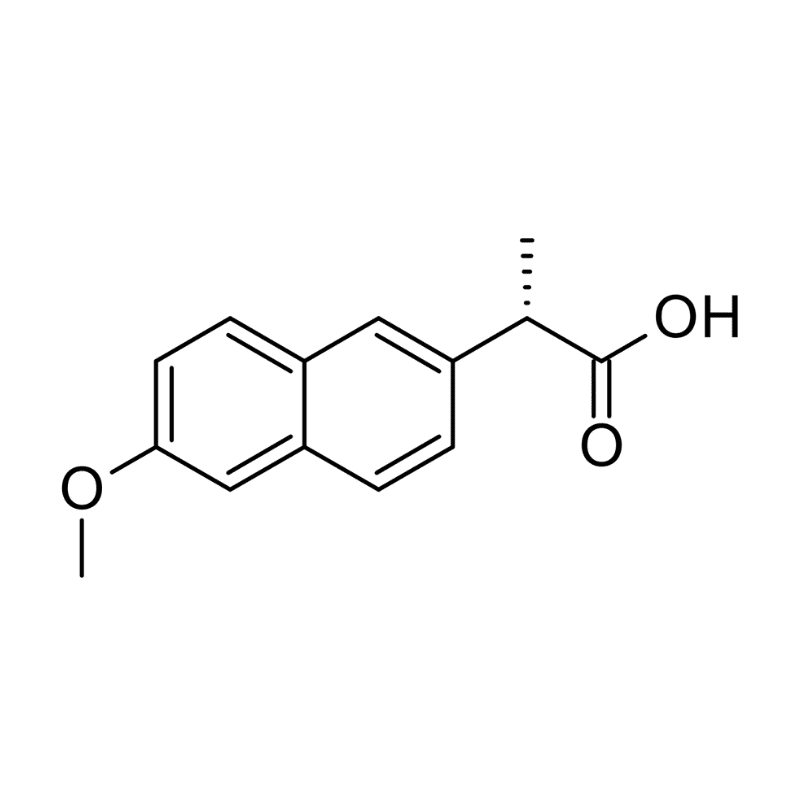
| Drug Name | Naproxen |
| Trade Names | Aleve, Aflaxen, Anaprox, Naprosyn |
| Classification | NSAID |
| CYP Metabolism | CYP1A2, CYP2C8, and CYP2C9 |
| Interaction With Kratom | Agonistic interaction, Metabolic inhibition |
| Risk of Interaction | Low to moderate |
What is Naproxen Used for?
Like other NSAIDs, naproxen is used for its analgesic, anti-inflammatory, and antipyretic (fever-reducing) properties, which can be used to manage the symptoms of various ailments.
According to the FDA, naproxen is approved for several usages, including:
- Acute gout
- Ankylosing spondylitis (Bechterew’s disease)
- Bursitis
- Osteoarthritis
- Polyarticular juvenile idiopathic arthritis
- Primary dysmenorrhea
- Rheumatoid arthritis
- Tendonitis
The FDA also recognizes naproxen’s ability to manage general symptoms of pain.
Naproxen’s properties can relieve many symptoms, but it does not cure the underlying conditions.
Naproxen’s ability to provide overall pain relief has turned it (and other NSAIDs such as ibuprofen) into one of the most common household medications in the world.
What’s the Dose of Naproxen?
Since NSAIDs help manage various conditions, the proper dosage can vary significantly.
The FDA recommends that patients use the lowest effective dosage for the shortest duration consistent with individual treatment goals.
Recommended dosages are:
- Rheumatoid arthritis, osteoarthritis, and ankylosing spondylitis: two 375 mg or 500 mg tablets once daily or one 750 mg tablet once daily.
- Management of pain, primary dysmenorrhea, acute tendonitis, and Bursitis: two 500 mg tablets once daily.
- Acute gout: two to three 500 mg tablets once daily on the first day, followed by two 500 mg tablets once daily until the attack subsides.
Generic & Brand Name Versions
Naproxen is available under the following brand names:
- Aleve
- Anaprox
- Naprelan
- Naprosyn
- Naxen
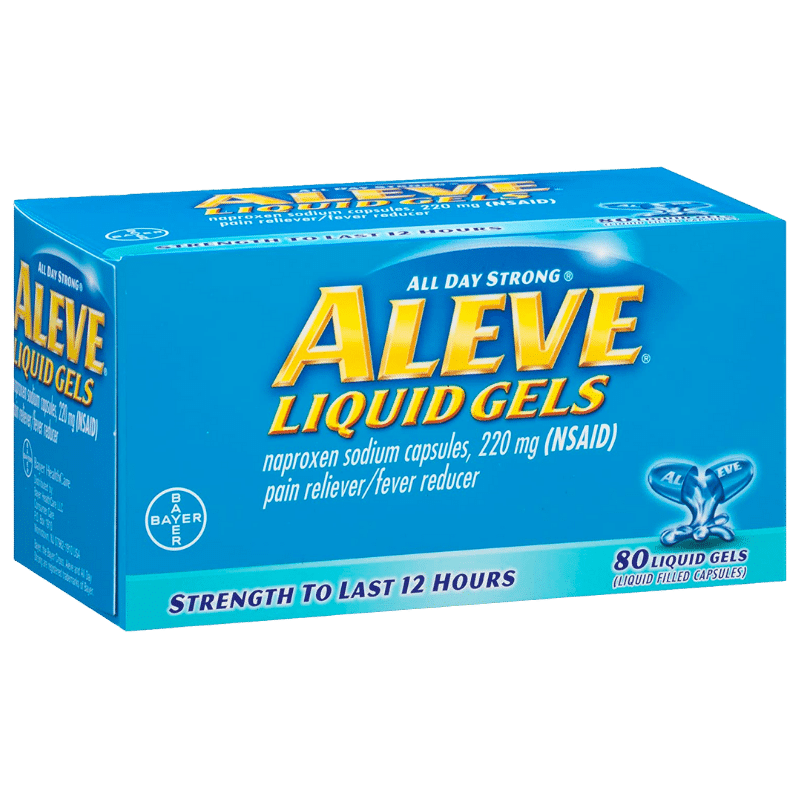
What Are the Side Effects of Naproxen?
Since they are so common, there is a widely-spread misconception that NSAIDs do not cause significant side effects. Be warned: this is not accurate at all.
The main side effects of naproxen include [4]:
- Diminished renal function
- Dizziness
- Dyspepsia
- Elevated liver enzymes
- Gastrointestinal ulcers
- Increased bleeding risk
- Increased blood pressure
- Nausea
- Rash
Serious but rare adverse effects include:
- Anaphylaxis
- Blood dyscrasias
- Heart failure
- Myocardial infarction
- Stevens-Johnson syndrome
- Stroke
There are also other mechanistic effects to consider:
- Inhibition of COX-1 leads to a significant loss of integrity for the gastric mucosa, reducing protection for stomach tissue. However, COX-2 does not have an essential role in the mucosa, so selective COX-2 inhibitors do not produce these effects. (This does not apply to naproxen.)
- NSAIDs can lead to severe impairment of renal activity and blood flow, leading to kidney injury and renal failure.
What is Kratom?
Mitragyna speciosa — commonly known as kratom — is a psychoactive herb with several beneficial properties. It grows plentifully in Southeast Asia, where it’s been a staple in traditional medicine.
Kratom has a broad spectrum of alkaloids that account for its many beneficial properties, including mitragynine, 7-hydroxymitragynine, speciogynine and paynantheine.
Fun fact: kratom is a cousin of the coffee plant!
Currently, kratom is still an unregulated substance, but don’t let this discourage you. Through scientifically sourced information, you can stay safe when experimenting with kratom.
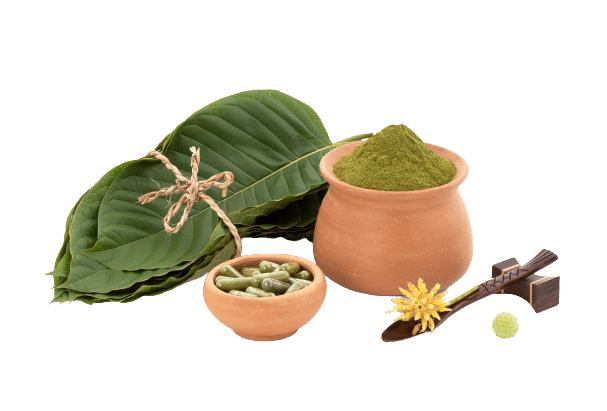
What is Kratom Used for?
One of the most remarkable things about kratom is its broad spectrum of effects. In practice, this gives it a fantastic number of uses — and even more, could be discovered as research continues.
Kratom can act as a stimulant and provides increased energy and concentration. It even has powerful mood-enhancing effects. It can also promote sleep, act as a weight-loss supplement, and effectively treat opioid withdrawal symptoms.
Kratom is also a spectrum drug — the amount you take changes its effects. Lower doses are energizing and uplifting, but it begins to elicit potent pain-relieving and anxiety-reducing effects in more significant amounts.
Related: Is Kratom An Opioid?
What’s the Dose of Kratom?
It is always best to avoid formulaic dosage recommendations. People’s bodies are different, and there are a lot of factors that come into play. The best thing you can do is play it safe, go slow, and listen to your body — especially if you’re a beginner.
With that caveat out of the way, here are the average kratom dosage recommendations:
- 2-5 g (low dose)
- 6-8 g (medium dose)
- 9-12 g (high dose)
Remember, the effects of kratom can vary, so choose the appropriate dose that fits your purposes. Start on the low end and see how it affects you. Only increase it if necessary, and take breaks once a week to avoid side effects and tolerance.
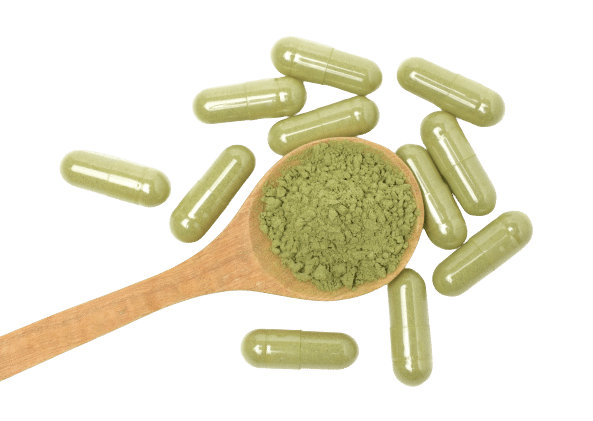
What Are the Side Effects of Kratom?
Kratom is considered relatively safe, but it does carry the possibility of specific side effects, especially with larger doses and long-term use.
Kratom’s most common side effects include the following:
- Changes in blood pressure
- Changes in libido
- Dizziness
- Headaches
- Heart palpitations
- Insomnia
- Loss of muscle coordination
- Nausea
- Poor appetite
- Tremors or muscle contractions
Also, since kratom is unregulated, buying from untrustworthy kratom sellers can put you at risk of exposure to contaminants.
Finally, you should know that kratom can cause physical and mental dependence. You can avoid this by consuming kratom in small doses and taking a break from kratom once in a while.

What Are the Different Types of Kratom?
You’ll find kratom comes in three main strains, though other variations of these exist.
The different strains share slightly varying alkaloid profiles. In practice, this means that although they all produce the same general effects, they all specialize in certain parts of it.
These strains differ due to several factors, such as soil composition and harvest time. For example, red strains tend to be higher in 7-hydroxymitragynine, the alkaloid that binds strongly to opioid receptors.

White Vein Kratom
White vein kratom is commonly known to users as the “mind” strain due to its ability to elicit kratom’s stimulating and nootropic side — perfect for a morning pick-me-up!
If you’re interested in kratom for its brain-boosting benefits, this could be the strain for you. These strains are good for boosting motivation, concentration, and mood.

Red Vein Kratom
Red vein kratom is the best choice if you’re looking to treat chronic pain or anxiety-related issues, as it emphasizes the opiate-like side of kratom.
Suppose you’re currently on a pharmacological painkiller. In that case, you should seriously consider jumping to red-vein kratom as it is a much safer choice in terms of adverse effects and propensity to develop an addiction. Of course, talk to your doctor about making changes, and never combine kratom with opiates or other medications.

Green Vein Kratom
Green vein kratom is considered the middle point between white and red.
Instead of focusing on one area of the kratom spectrum, it provides a well-balanced experience of everything it offers.
The only downside is you don’t get the targeted experience of red or white.

Yellow Vein Kratom
Yellow-vein kratom has no outstanding characteristics — it’s very similar to green, except it’s much less potent.
However, this can be a positive if you are sensitive to kratom or are a first-timer. Many people prefer the mild nature of yellow strains, especially when dealing with anxiety.

Key Takeaways: Is it Safe to Mix Kratom & Naproxen?
Yes, taking naproxen and kratom carries little risk of a dangerous interaction.
It should be noted that consuming NSAIDs daily places one at a high risk of developing severe adverse effects like renal failure.
If you are using kratom and naproxen as a pain-relief regimen, you should be mindful not to overconsume naproxen. It’s often better to use kratom more than NSAIDs as it carries a much lower risk of developing serious side effects — just make sure to use the proper dosage.
Talk to your doctor if you use either one daily to be safe.
- Frost, C., Shenker, A., Gandhi, M. D., Pursley, J., Barrett, Y. C., Wang, J., … & LaCreta, F. (2014). Evaluation of the effect of naproxen on the pharmacokinetics and pharmacodynamics of apixaban. British journal of clinical pharmacology, 78(4), 877-885.
- Kamble, S. H., Sharma, A., King, T. I., León, F., McCurdy, C. R., & Avery, B. A. (2019). Metabolite profiling and identification of enzymes responsible for the metabolism of mitragynine, the major alkaloid of Mitragyna speciosa (kratom). Xenobiotica, 49(11), 1279-1288.
- Brogden, R. N., Heel, R. C., Speight, T. M., & Avery, G. S. (1979). Naproxen up to date: a review of its pharmacological properties and therapeutic efficacy and use in rheumatic diseases and pain states. Drugs, 18(4), 241-277.
- Brutzkus, J. C., Shahrokhi, M., & Varacallo, M. (2021). Naproxen. In StatPearls [Internet]. StatPearls Publishing.

